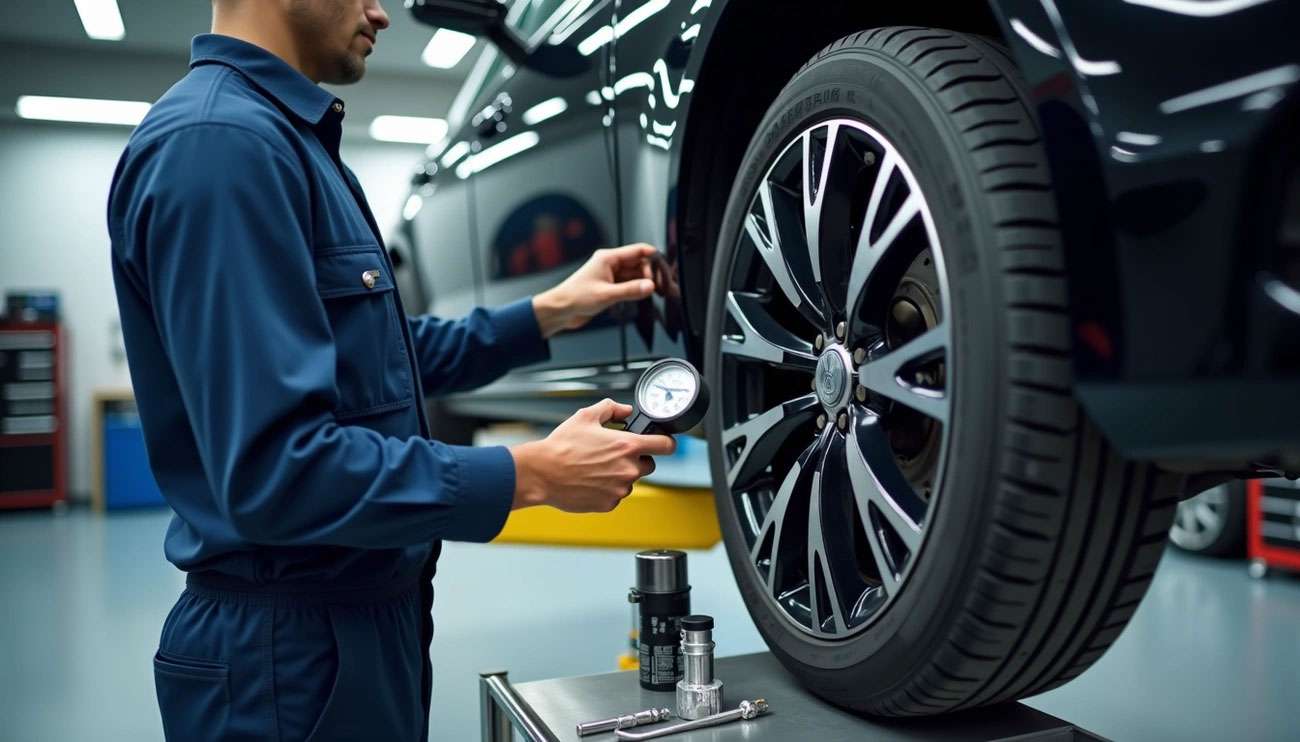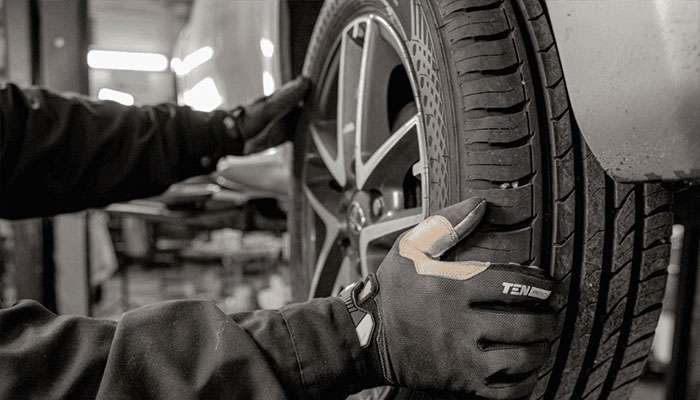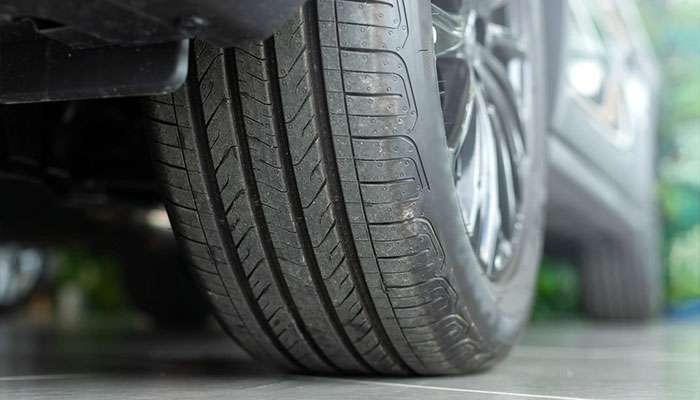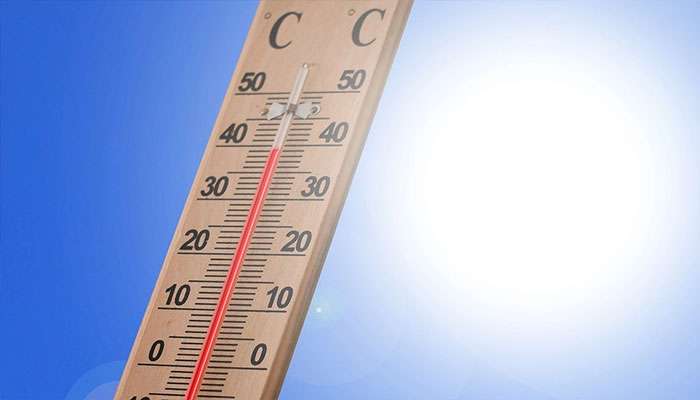
Tires lose about a pound per square inch (PSI) of pressure monthly. Understanding this simple fact can save you hundreds of dollars on premature tire replacement. Regular tire pressure checks every 3,000 miles keep your vehicle performing at its best. Properly inflated tires deliver up to 3.3 percent better gas mileage, making this basic maintenance essential for both your wallet and your vehicle's performance.
Smart tire care goes beyond pressure checks. Tire rotation every 5,000-7,500 miles or every six months maximizes tire life. Maintaining correct PSI (typically 30 to 35) prevents uneven tread wear that forces early tire replacement. Under-inflated or over-inflated tires create dangerous blowouts and costly uneven wear patterns. A consistent tire maintenance routine extends tire lifespan while improving your vehicle's handling and safety performance.
Tire health depends on two critical factors - pressure and tread depth. These fundamentals determine your vehicle's performance, safety, and how long your tires last.
Monthly tire pressure checks maximize tire performance and lifespan. The process requires precision for accurate results:
Check when tires are "cold" (vehicle parked for at least three hours) for accurate readings
Find your vehicle's recommended PSI on the driver's side door jamb or in your owner's manual
Remove the valve cap from the tire
Press a quality tire pressure gage firmly onto the valve stem until the hissing stops
Compare the reading to your vehicle's recommended pressure
Add or release air as needed to match the recommendation
Replace the valve cap and repeat for all tires, including your spare
Digital gages deliver more accurate readings than gas station equipment, which suffers from frequent abuse and poor calibration.
Proper tire pressure directly impacts how long your tires last. Under-inflated tires generate excessive heat and stress, creating irregular wear patterns and internal damage. The increased tire contact with the road surface creates friction that accelerates tread wear.
Over-inflated tires cause uneven wear patterns as the center tread area wears faster than the edges. These tires become more vulnerable to cuts, punctures, and damage from road hazards like potholes.
Every 1 PSI below optimal pressure costs you 0.1 percent in gas mileage while tires wear approximately 10 percent faster. Maintaining correct inflation saves money and maximizes tire performance.
Tread depth determines your tire's grip on the road and water evacuation capability. Three reliable home inspection methods provide accurate assessments:
The Penny Test: Insert a penny with Lincoln's head upside down into the tread groove. When you can see all of Lincoln's head, your tread measures less than 2/32 inch and requires immediate replacement.
The Quarter Test: Place a quarter with Washington's head upside down in the groove. If the tread touches Washington's head, you have at least 4/32 inch remaining. Complete visibility of his head means you should plan for new tires.
Built-in Wear Indicators: Most tires feature "wear bars" - raised sections between tread ribs. When tread wears level with these indicators, replacement time has arrived.
Check multiple spots around each tire since uneven wear patterns can indicate problems like incorrect inflation or wheel misalignment.

Image Source: Gerry Lane Chevrolet
Professional tire services deliver results that basic home maintenance cannot match. Experienced technicians use specialized equipment and proven techniques to maximize your tire investment. These services work together to prevent premature wear and keep your tires performing at their peak.
Tire rotation ensures even wear across all four positions. Most manufacturers recommend rotation every 5,000 to 7,500 miles or approximately every six months. Schedule rotation during every other oil change for convenience. Drive wheels naturally work harder than non-drive wheels, making rotation essential for balanced wear patterns.
Professional rotation follows your vehicle's specific pattern to distribute wear evenly. This service extends overall tire lifespan and delays costly replacement. Rotation appointments also provide opportunities for thorough tire inspections and pressure checks.
Wheel balancing corrects weight distribution problems that cause vibration and uneven wear. Most experts recommend balancing every 5,000 to 6,000 miles. This timing aligns perfectly with rotation schedules, allowing both services in one appointment.
Balanced wheels deliver smoother rides, reduced vibration, and even tread wear. Warning signs include scalloped wear patterns, steering wheel vibrations at highway speeds, or seat vibrations. These symptoms require immediate attention to prevent additional damage.
Professional alignment checks should occur twice yearly for maximum tire lifespan. Schedule immediate alignment after hitting potholes, curbs, or any impact that affects wheel position. Even minor incidents can misalign wheels, causing rapid and uneven tire wear.
Proper alignment prevents tires from dragging sideways during driving, significantly extending tread life. The modest cost of alignment service protects your tire investment. At Performance Plus Tire, our experienced technicians provide complete rotation, balancing, and alignment services to maximize your tire lifespan through professional maintenance.

Image Source: Springs Brake and Suspension
Your driving style determines how long your tires last. Quality tires wear out quickly when you drive aggressively.
Aggressive driving reduces tire lifespan by up to 25%. Hard braking creates excessive friction that causes uneven wear patterns and flat spots on your tires. Fast cornering puts tremendous stress on the outer tire edges. Slow down gradually before turns instead of braking sharply during them. This simple change protects your tires and improves your vehicle's handling.
Exceeding your vehicle's weight capacity puts dangerous pressure on your tires. This excessive strain causes overheating that can lead to blowouts or tread separation. Overloaded tires wear out much faster than properly loaded ones. Check your owner's manual for recommended weight limits and distribute cargo evenly. This prevents premature tire replacement and maintains safe driving conditions.
Spinning tires generates heat that destroys rubber. This happens whether you're spinning on ice, snow, or wet pavement. Occasional spinning on wet surfaces won't hurt tires with good tread, but consistent burnouts on dry pavement create excessive wear. Prolonged tire spinning can also damage your vehicle's differential, affecting overall performance. Accelerate gradually to prevent unnecessary tire stress and extend tire life.

Image Source: www.icartea.com
Smart tire owners know that standard maintenance is just the beginning. Several overlooked practices can add thousands of extra miles to your tires. These advanced care techniques separate vehicles that get maximum tire life from those that need frequent replacements.
Visual inspections catch problems before they become expensive failures. Look for cuts, cracks, splits, punctures, or bulges in both tread and sidewalls. These warning signs mean serious trouble ahead. Small stones or glass fragments stuck in the tread need immediate removal—they work deeper into the tire over time, causing internal damage.
Check all areas of each tire during your monthly pressure inspections. Uneven damage patterns often reveal alignment issues or suspension problems that need professional attention.
Most drivers ignore their spare until they need it desperately. Spare tires age quietly, often requiring replacement after 10 years regardless of use. Monthly spare tire checks should include pressure testing, visual damage inspection, and hardware examination for rust or corrosion.
Spare tires suffer from dry rot due to infrequent use. This makes them unreliable when you need them most, potentially leaving you stranded with a "good" spare that fails under pressure.
Those small valve caps serve a critical purpose—preventing dirt, moisture, and debris from entering the valve stem. Missing valve caps allow gradual air leaks and valve corrosion. This simple component helps maintain proper tire pressure and extends overall tire life.
Replace missing valve caps immediately. Quality metal caps provide better protection than cheap plastic versions.
Store seasonal tires in cool, dry, clean locations away from direct sunlight, heat sources, and ozone-producing equipment. Clean tires completely before storage, then place them in airtight plastic bags with air removed. Store unmounted tires upright or stacked sidewall-to-sidewall—never hanging.
Proper storage prevents premature aging and cracking, ensuring your seasonal tires remain reliable year after year.
Smart tire maintenance delivers real results in safety and savings. Monthly pressure checks and regular tread inspections prevent costly premature replacement while maximizing tire performance. Scheduled rotations every 5,000-7,500 miles combined with professional balancing ensure even wear patterns that help your tires reach their full potential.
Driving habits make the difference between average tire life and maximum performance. Gentle acceleration, careful cornering, and proper vehicle loading protect your tire investment. When combined with professional maintenance services, these practices can double tire lifespan compared to neglected tires.
Seasonal storage and routine inspections complete the maintenance picture. Valve caps, spare tire checks, and proper storage methods prevent damage that many drivers overlook. Professional tire services provide the expertise needed for maximum tire longevity, which is why we recommend visiting Performance Plus Tire where experienced technicians offer complete tire care solutions.
The time invested in proper tire maintenance rewards you with thousands of additional miles from each set of tires. This approach saves money while improving vehicle safety and performance. These maintenance practices work together as a complete system that extends tire life far beyond industry averages.
Master these essential tire maintenance practices to significantly extend tire lifespan, improve safety, and save money on premature replacements.
• Check tire pressure monthly when tires are cold - Proper inflation prevents 10% faster wear and improves gas mileage by up to 3.3%
• Rotate tires every 5,000-7,500 miles - Even wear distribution across all positions can double tire lifespan compared to neglected tires
• Avoid aggressive driving habits - Hard braking and fast cornering can reduce tire life by up to 25% through excessive friction and stress
• Schedule professional alignment checks twice yearly - Proper wheel alignment prevents sideways tire dragging that causes premature tread wear
• Inspect tires regularly for damage - Monthly visual checks for cracks, bulges, and embedded debris help identify problems before they become dangerous
These simple maintenance habits work together as a powerful system that can literally double your tire life while enhancing vehicle safety and performance. The small time investment in regular care pays substantial dividends in both safety and savings.
Check your tire pressure monthly when the tires are cold (vehicle parked for at least three hours). This simple practice can prevent 10% faster wear and improve gas mileage by up to 3.3%.
Rotate your tires every 5,000-7,500 miles or every six months. This ensures even wear distribution across all tire positions and can significantly extend their lifespan.
Aggressive driving habits like hard braking and fast cornering can reduce tire life by up to 25%. Practice gentle acceleration, careful cornering, and maintain appropriate vehicle loads to extend tire life.
Proper wheel alignment prevents tires from dragging sideways while driving, which greatly extends tread life. Schedule professional alignment checks twice yearly or after hitting potholes or curbs to maximize tire lifespan.
Use the penny test: Insert a penny with Lincoln's head upside down into the tread groove. If you can see all of Lincoln's head, your tread is less than 2/32 inch, indicating the need for immediate replacement.